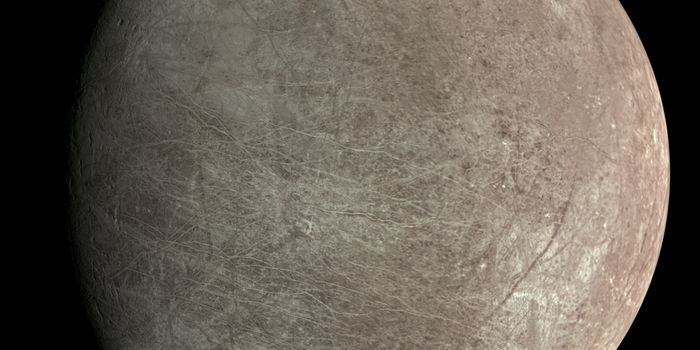The Science Behind Mars' Most Interesting Impact Craters
Mars looks like a dull and desolate wasteland at first glance, but it becomes a lot more enjoyable when you stop and appreciate all the small details that have been etched into the red planet’s surface over the years. Among those are space rock impact sites, which can tell a story about what Mars has been through.
Mars is particularly prone to space rock impacts because the planet’s atmosphere isn’t as thick as Earth’s. Many space rocks (even some of the smallest) have no trouble touching down on the Martian surface, and when they do, they leave significant evidence behind them.
Peering through the lens of NASA’s HiRISE camera, planetary scientists can obtain high-resolution images of many of those sites and achieve a greater understanding of precisely what happens when a space rock slams into the Martian surface.
In many of these images, the craters are still pristine, which presents clues into the crater’s age. Other craters exhibit evidence of lava flow sites, water flow sites, surrounding ejections, and sedimentary layering, among other things.








